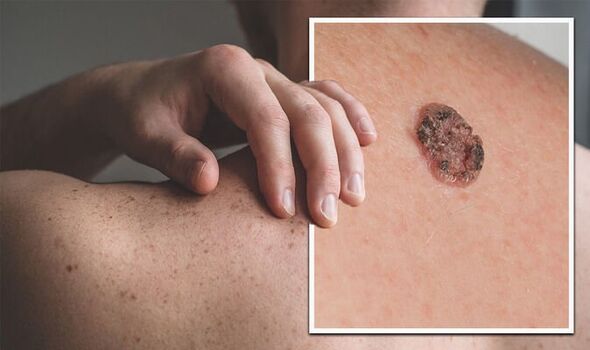
Definition of Skin Cancer and Its Causes
Skin cancer develops from the aberrant growth of individual cells in your skin; can skin cancer itch? Yes, it can. Old skin cells die and new ones replace each other usually. But cells can proliferate too quickly when this mechanism fails—that is, when one is subjected to UV light from the sun. These quickly expanding cells can be benign, or benign, or malignant.
Should it not be discovered early on, skin cancer might spread to surrounding tissues or other body areas. If skin cancer is discovered early on and treated, it usually can be cured. See your doctor if you believe you could be prone to skin cancer.
Types of Cancer of the Skin
Skin cancer mostly comes in three varieties:
- Starting in the basal cells located in the lowest layer of the outer skin, basal cell carcinoma is a cancer.
- Starting in the top layer of the skin, squamous cell carcinoma is a malignancy of the squamous cells.
Melanoma is a melanocyte-starting malignancy; can skin cancer itch? Yes, it can. Melanin, the pigment giving skin its hue and UV ray protection, is produced by these cells. Because melanoma can travel to other areas of the body, it is the most deadly kind of skin cancer.
Less common other forms of skin cancer include:
- Kaposi Sarumas
- Cell Carcinoma from Germany
- Duct carcinoma in the Sebaceous layer
- Protuberans Dermatofibrosa
How Common Is Cancer of the Skin?
Among all the cancers in the United States, skin cancer is the most often occurring kind; can skin cancer itch? Yes, it can. At some time in their life, roughly one in five Americans may develop skin cancer.
Reasons and Indices and Signs
The three most often occurring forms of skin cancer are melanoma, basal cell carcinoma, and squamous cell carcinoma.
What Indices Suggest Skin Cancer?
The most often occurring indication is a change in your skin. This could be a change in an existing mole or spot or a fresh development. Skin cancer indicators include:
- A new mole or one that begins to bleed, alters in size, form, colour, or texture, or
- Usually on the face, ears, or neck, a pearly or waxy lump
- A flat pink, red, or brown lump or patch.
- A place on the skin resembling a scar
- Crusty sores with a dip in the middle, or those that bleed often
- A pain that won’t go away or keeps returning
- A rough, scaly, or irritable area prone to crust formation or bleeding
How Would Skin Cancer Look?
The kind determines how skin cancer presents. Look for indications using the ABCDE rule:
- A side of the mole does not match the other as asymmetry
- B: Border: Either uneven or blurry margins
- C: Colour: The mole might be various.
- D Diameter: About six millimetres, more than that of a pencil pencil
- E – Evolution: Any modification in colour, size, or form
See your doctor if you find any of these indicators. They might send you to a dermatologist to get a closer inspection at the area.
What Starts Skin Cancer?
Too much UV exposure, especially if it results in sunburns or blisters, is the primary cause of skin cancer. UV light can harm the DNA found in your skin cells. This damage results in fast and uncontrollably growing malignant cells from the cells.
Effective Treatment for Cancer Skin Peeling at Wall Dermatology
Protect your skin today with Wall Dermatology’s expert care. If you’re dealing with cancer skin peeling, our specialists provide personalized treatments for healing and prevention. Contact us now!
